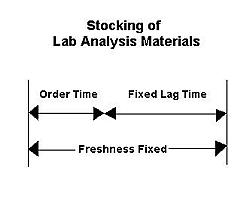
| Parameter | Removal Efficiency |
| Biochemical Oxygen Demand | 25% - 35% |
| Settleable Solids | 90% - 95% |
| Suspended Solids | 40% - 60% |
| Total Solids | 10% - 15% |

| Parameter | Type of Sample | Location |
| BOD | Composite | Influent and effluent |
| Suspended Solids | Composite | Influent and effluent |
| Settleable Solids | Grab | Influent and effluent |
| pH | Grab | Influent and effluent |
| Temperature | Grab | Influent |
